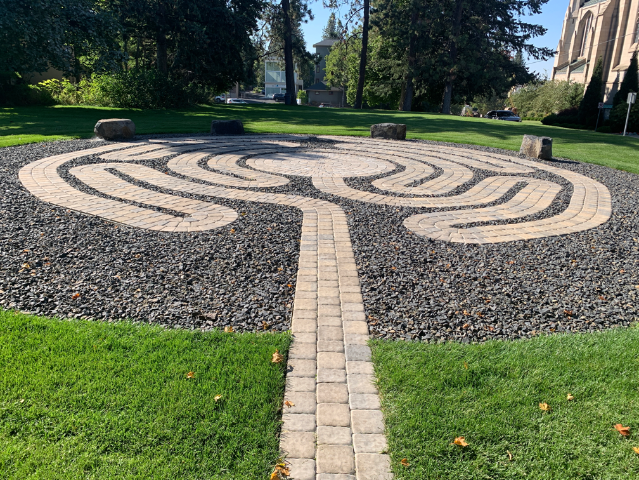Part 1 of "Lessons on The Five Love Languages"
The first in a four part series, where I’ll be sharing what I learned about the Five Love Languages.
How do I love thee? Let me count the ways.
Elizabeth Barrett Browning Tweet



The sessions where Ken and I discussed the Five Love Languages was pivotal for me.
While I generally tend to be fairly articulate, I had a hard time vocalizing what made me feel unimportant and unloved in my marriage. I assume that discussing the Five Love Languages came up as a result of conversations about the lack of communication and those feelings.
I’d seen Gary Chapman’s book, The Five Love Languages: How to Express Heartfelt Commitment to Your Mate, in bookstores, but I didn’t know much, if anything, about it. That in itself was surprising since:
- I love to read, and self-help and personal growth books are common choices for me, and
- It’s been on the New York Times bestsellers list since 2007.

Nonetheless, when Ken asked whether I was familiar with the Five Love Languages, I admitted that I was not. Ken summarized them for me (something like this):
There are five ways (“Love Languages”) of expressing care and affection for someone. We generally tend to favor one particular style, which is our “primary” love language, though we often have a “secondary” love language, too.
(That’s not to say that we don’t express love in the other ways at one time or another, but we tend to stick with one or two styles most of the time.)
The five “love languages” are as follows:
GIFTS
If Gifts are your primary love language, it’s the thoughtfulness that matters. A tangible gift, such as a book they mentioned wanting, a surprise bouquet of flowers or even a thoughtful love note is welcome and appreciated. Even everyday gestures, such as paying for your cup of coffee are considered expressions of affection, and they fill their love tank by making you feel seen and loved.

QUALITY TIME
Are you someone who cherishes time dedicated for just the two of you? Whether it’s the evening walk you take together, the quiet morning coffee time you share, or your tradition of cards and conversation for just the two of you, undivided attention and quality time together make you feel loved, special and important.

TOUCH
Touch is another language of love. Holding hands, a hug, and even a gentle hand on your shoulder demonstrates affection.
When touch is the primary (or secondary) love language, you crave physical connection over words, actions and other expressions of caring.

WORDS OF AFFIRMATION
When words of affirmation are your love language, you respond most favorably to verbal expressions of love and affection. “Thank you for…”, “You are (insert compliment), and “I love/appreciate/am grateful for you” are food for your spirit.
Words of affirmation can also includes any thoughtfully written note, card or letter. In short, if you’re someone whose language is words of affirmation, praise, compliments, encouragement and affection speak to your heart.

ACTS OF SERVICE
If Acts of Service is your love language, then “actions speak louder than words” for you. Anytime someone steps in to lighten your load- whether by helping with a chore or anticipating a need and then taking care of it for you, these tangible expressions of caring “checks all the boxes” and demonstrates love to you.

Everything he said made perfect and total sense, and once I understood the concept, the implications of “how we love” was like a lightbulb going on in a dark room.
The session ended with Ken’s suggestion that I read the book and think about the primary and secondary love languages for myself, as well as my husband and children. He noted that love languages are not just expressed in romantic relationships.
Love languages are a critical component of healthy relationships. Successful relationship are built and strengthened when our love languages are understood and “spoken” to one another.
Everyone wants and needs to be loved.
Learn how to love, then love well.
Recommended Reading: The Five Love Languages by Gary Chapman
Note: The Five Love Language is the first book in an 11-book series. While the concept is the same in all of the books, each focuses on the nuances required for different type of relationships (intimate relationships, work relationships, children, teens, military, etc.).
How you speak “love” to a colleague you respect and admire is going to differ from how you engage with your partner.
See all the books in the series.
Want to check out lesson 2, 3 or 4? You can find them:

Lost in Translation
Part 2 in the Therapy Thursday 5LL (Five Love Languages) series

Lexicon Lesson
Part 3 in the Therapy Thursday 5LL (Five Love Languages) series

How to Love
Part 4 in the Therapy Thursday 5LL (Five Love Languages) series












